Where do you begin when taking on an area of land to shoot over? Ecologist Alex Hatton talks us through the process he followed to improve the habitat he acquired
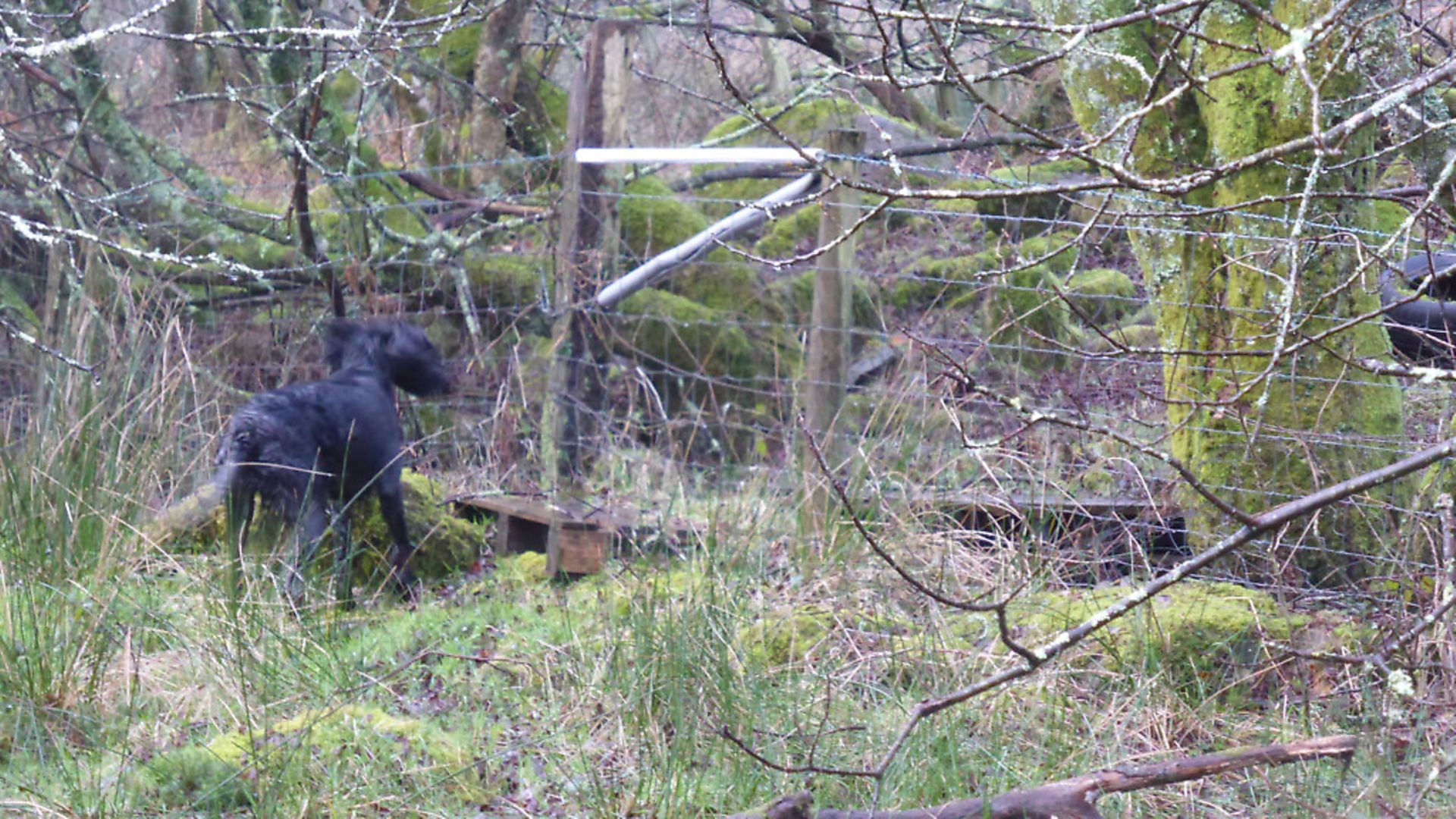 credit: Archant
credit: Archant
Over a decade ago, I was invited to shoot on a small wild bird shoot in north Wales. The area boasts good visiting woodcock and snipe populations due to it consisting of low-lying, very wet, coastally influenced land. The shoot manager had a long-term vision for the shoot, and although it could be considered a blank canvas, ‘blank’ was the operative word! I was lucky to not only have received annual invites to shoot there but also to have helped advise on his shoot aspirations and conservation initiatives over the years.
Fast forward a few years and I was asked if I would be interested in taking the shoot on with a fellow dog handler, who had worked her dogs there since its inception.
I would like to say the journey has been plain sailing, but as anyone with a wild bird shoot will tell you, it is trial and error, with the former taking effort and the latter being frustrating! The canvas is certainly partly painted now, and with over a decade of evidence of what works and what does not, we certainly feel more confident making decisions that will have an impact on next season’s sport. So, where to start?
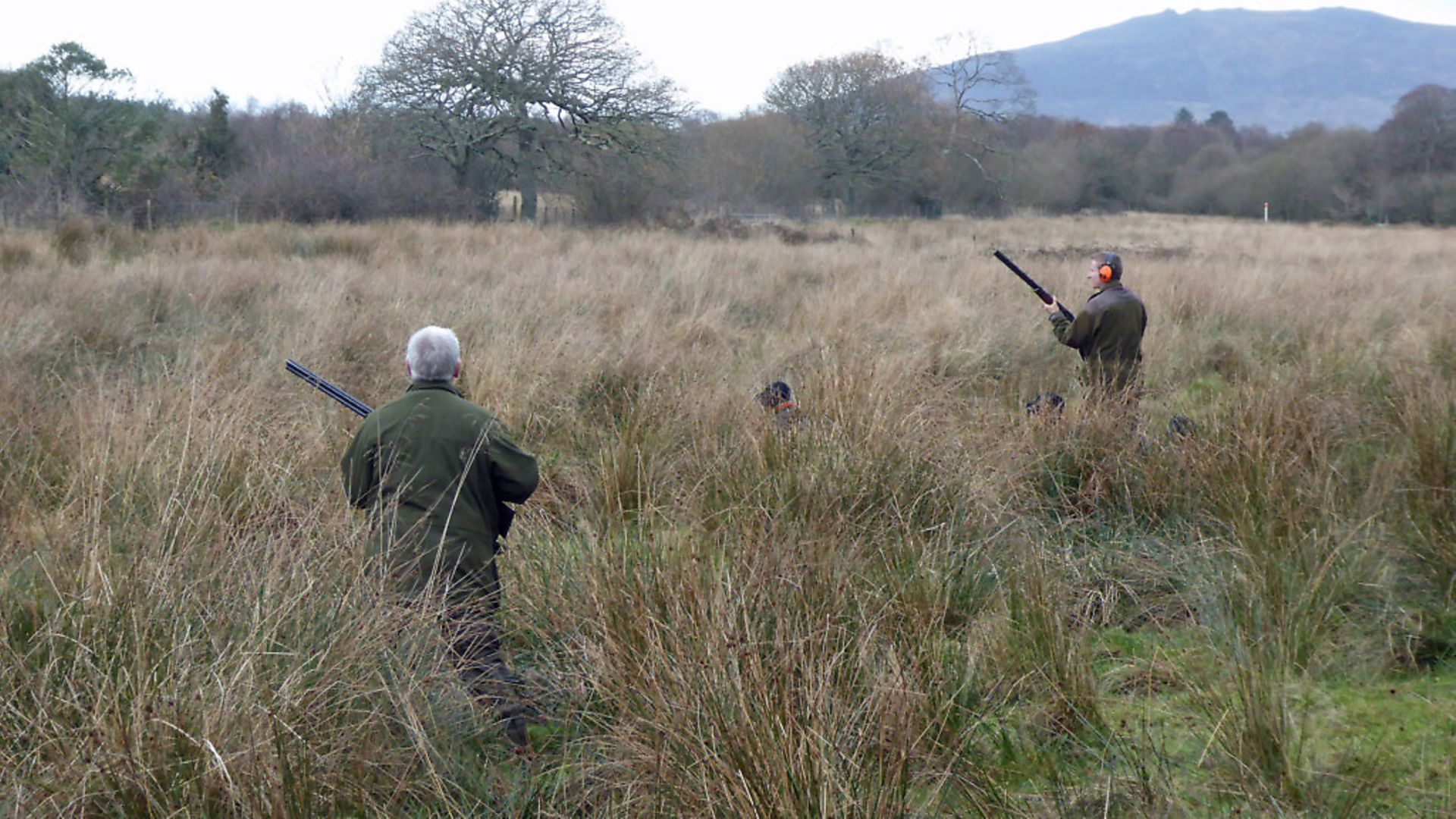 credit: Archant
credit: Archant
ASPIRATIONS AND A BASELINE
When you take on an area of land for shooting, it is essential to have a vision of how you would like things to be. Write something down, however unrealistic it may sound at first. Make sure you have maps and know your boundaries.
One thing that I have found really helps is to write down the habitat types, making notes on it regarding types of woodlands, where the water courses are, marshes, ditches, etc. Make a copy of this map and have it in your pocket each time you go out.
Take a note of footpaths that run across your shoot – for safety, primarily, but it can also explain why certain areas will not hold birds. Woodcock don’t like disturbance, so an over-exuberant collie being turned off the lead and running through your best woodland every week won’t help your goal.
How the land is farmed will obviously determine what the land will hold and it is certainly worth noting each year how each field is being managed. Is it grazed by cattle or sheep; is it fodder beet or a hay crop? Collect this data each year as you may notice trends. Note management practices such as, does the farmer top the rushes or does he graze it heavily?
A few years ago, we noticed snipe numbers dropping sharply on a parcel of land that used to hold hundreds of snipe. By looking back at our shoot file, we realised that the farmer had stopped topping the field, which in turn had led to the cattle accessing less of it. We soon realised what seemed to draw the snipe to this field was the lower sward height coupled with cowpats, with the ranker vegetation offering an escape area to the east; the whole field had simply become too dense. Sometimes, an observation such as this can be easily identified and then possibly rectified by speaking to the farmer.
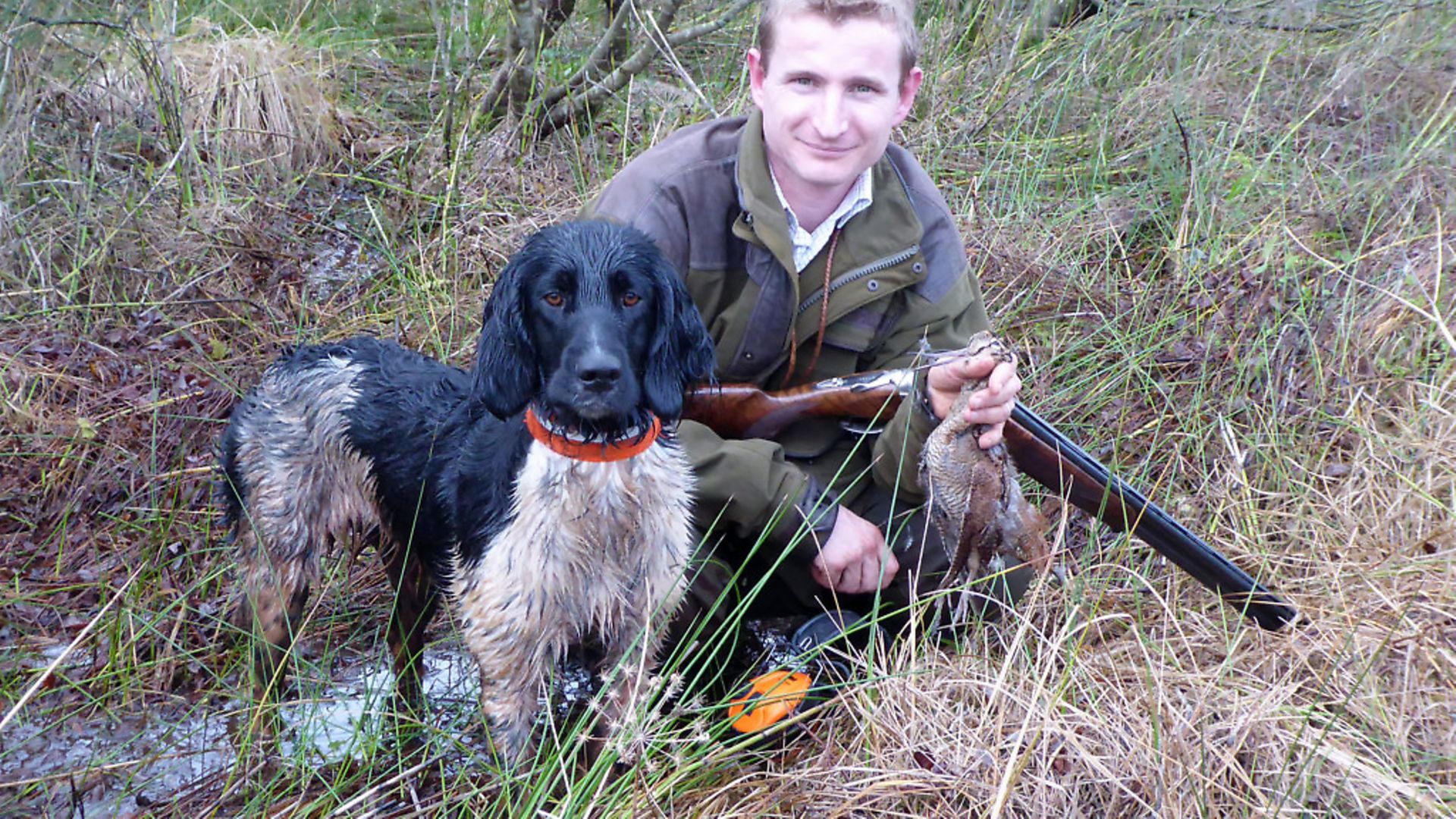 credit: Archant
credit: Archant
SEASON ONE
Before you get the brushcutters and chainsaws out during the long summer days, attractive as it may seem, take a moment to think about what you are trying to achieve.
Every book will talk of pheasant glades and managing woodcock woods, and although sound advice, my suggestion is to assess what you have first before you start to change it.
In year one, implement the minimum of changes. Detailed game logs will certainly help, noting where you flushed game, the date, what was shot and, very importantly, the weather conditions on the day.
The numbers may not be what you want them to be, or feel they could be, in year one, but you will have a baseline of trends – for example, when the woodcock arrive and leave, how the snipe fluctuate and move around the marshes – and you will learn where your blank areas are which can then be focused on in year two and beyond.
Year one will also be an eye-opening time as you actually try and shoot the ground. Where are the gates? Again, easily marked on your plans, where do you need crossing points for people/dogs? And what about that one fence your dog systematically jumps each shoot, however much you try to stop him? That needs the barbed wire covering! All these things should be noted as they occur and will subsequently make a day much more enjoyable. Until you try to shoot a piece of ground, you just do not know where these improvements are needed.
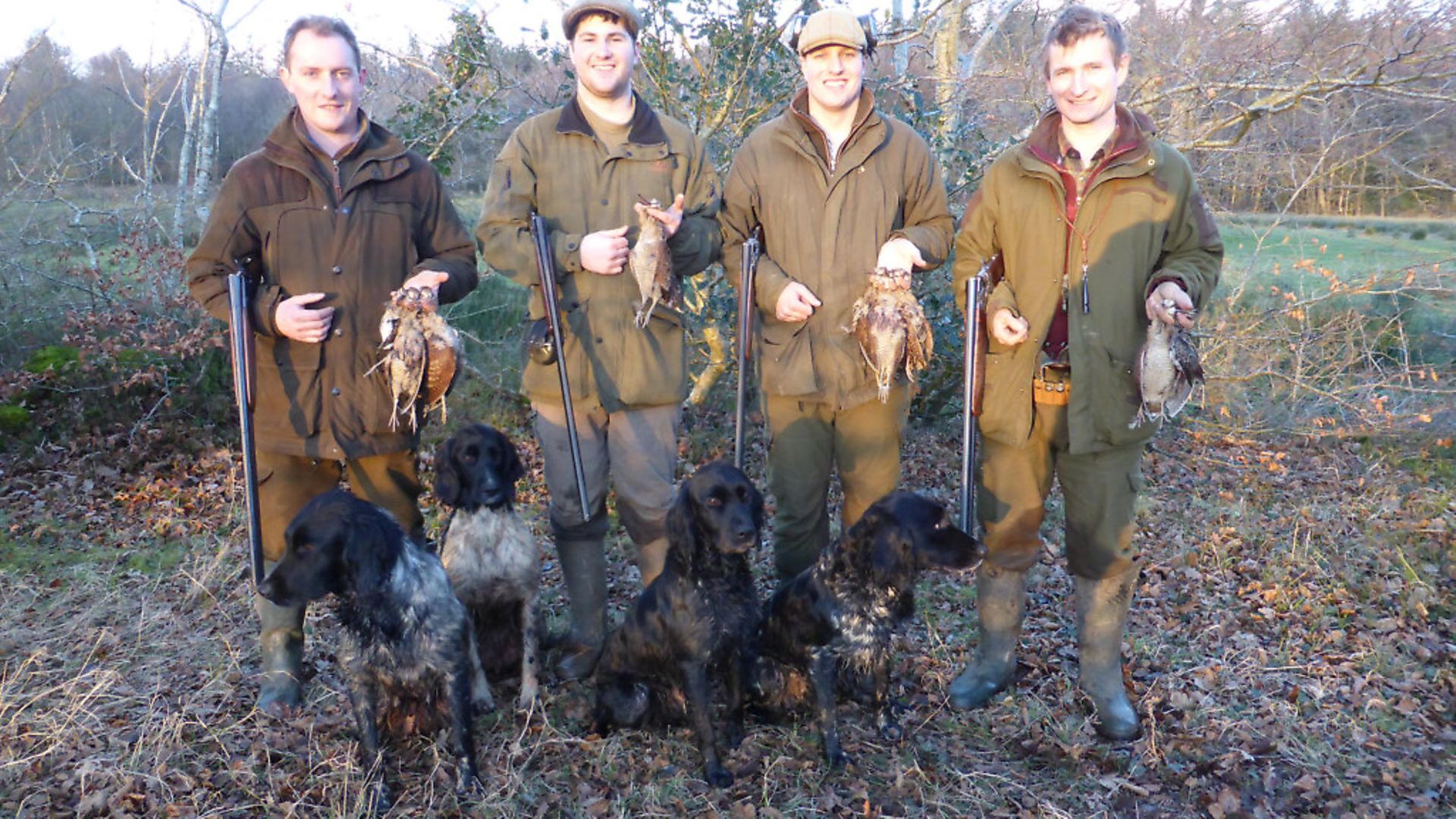 credit: Archant
credit: Archant
LANDOWNER LIAISON
Having a plan is one thing, having a willing farmer is another. But what you want to achieve does not have to conflict with farming. Sometimes, an idea you have can fit in with something the landowner has been considering, like fencing a rough corner that stock get caught in, whereby a few hours and some materials stop him losing stock and provide an extra cover to hold a woodcock or two. It is worth researching local initiatives which may be able to fund materials/labour or both if it ticks their boxes.
Agri-environment schemes can also help shooters significantly, such as hedging grants that may well link up a small pheasant pen with a woodland, or creating a new streamside corridor.
Do your research before you go to the farmer so you can present the idea with all the facts.
Remember to ask your landowner for permission to do any works. You could even have a plan of works and present it to them at the end of the season. Even jobs such as putting in a stile should be agreed in advance.
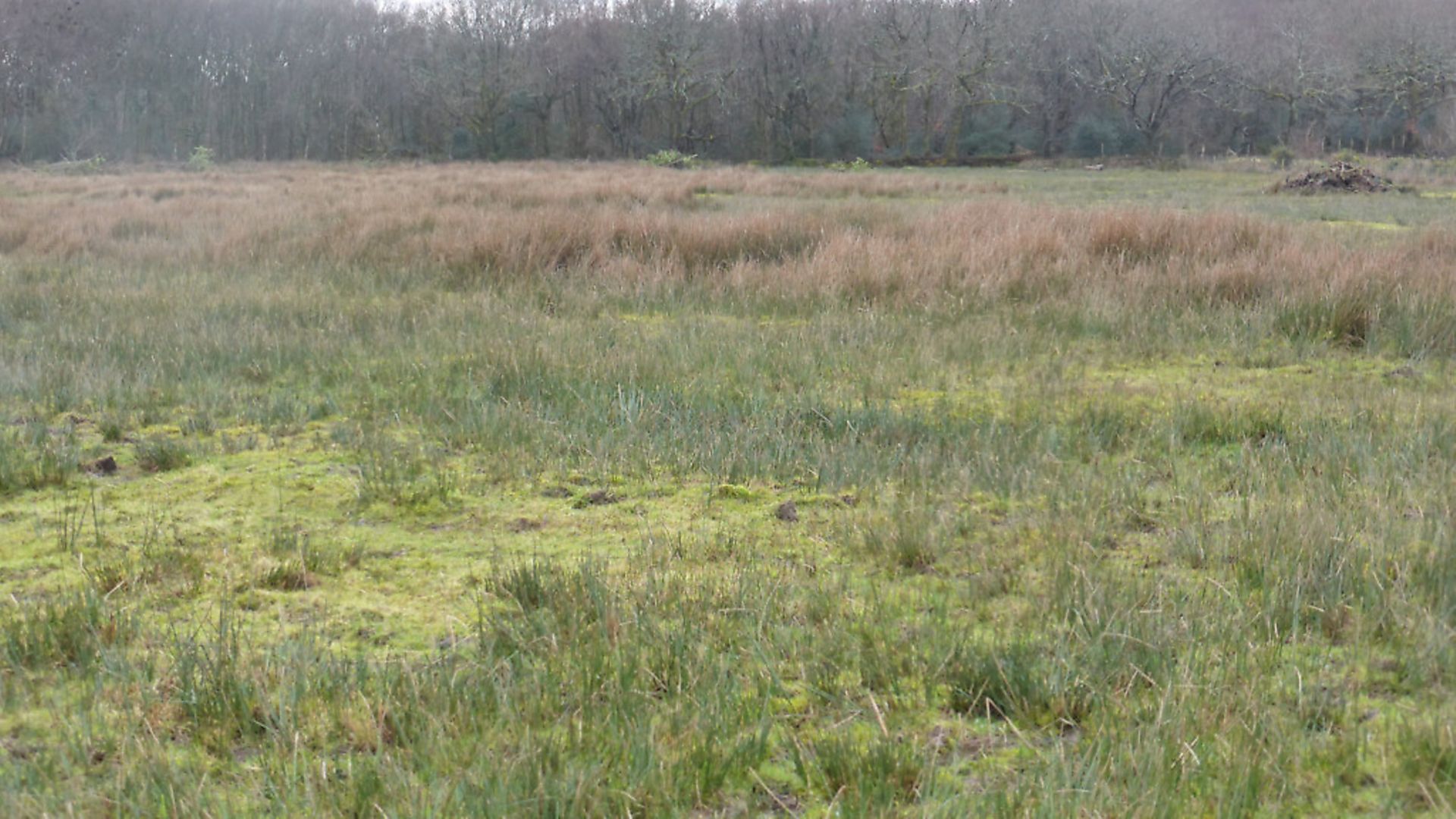 credit: Archant
credit: Archant
PEST CONTROL
One item on the new shoot agenda that can certainly be implemented straight away is a pest control programme. The landowner will be able to put you on the right track as to what bothers them, and this should be addressed straight away. Beyond that, foxes and corvids are a good start.
MANAGING HABITATS
Once you feel you have a grasp of what is already in place on the shoot and have established a relationship with the landowner, now it’s time to oil those chains and get out the waders!
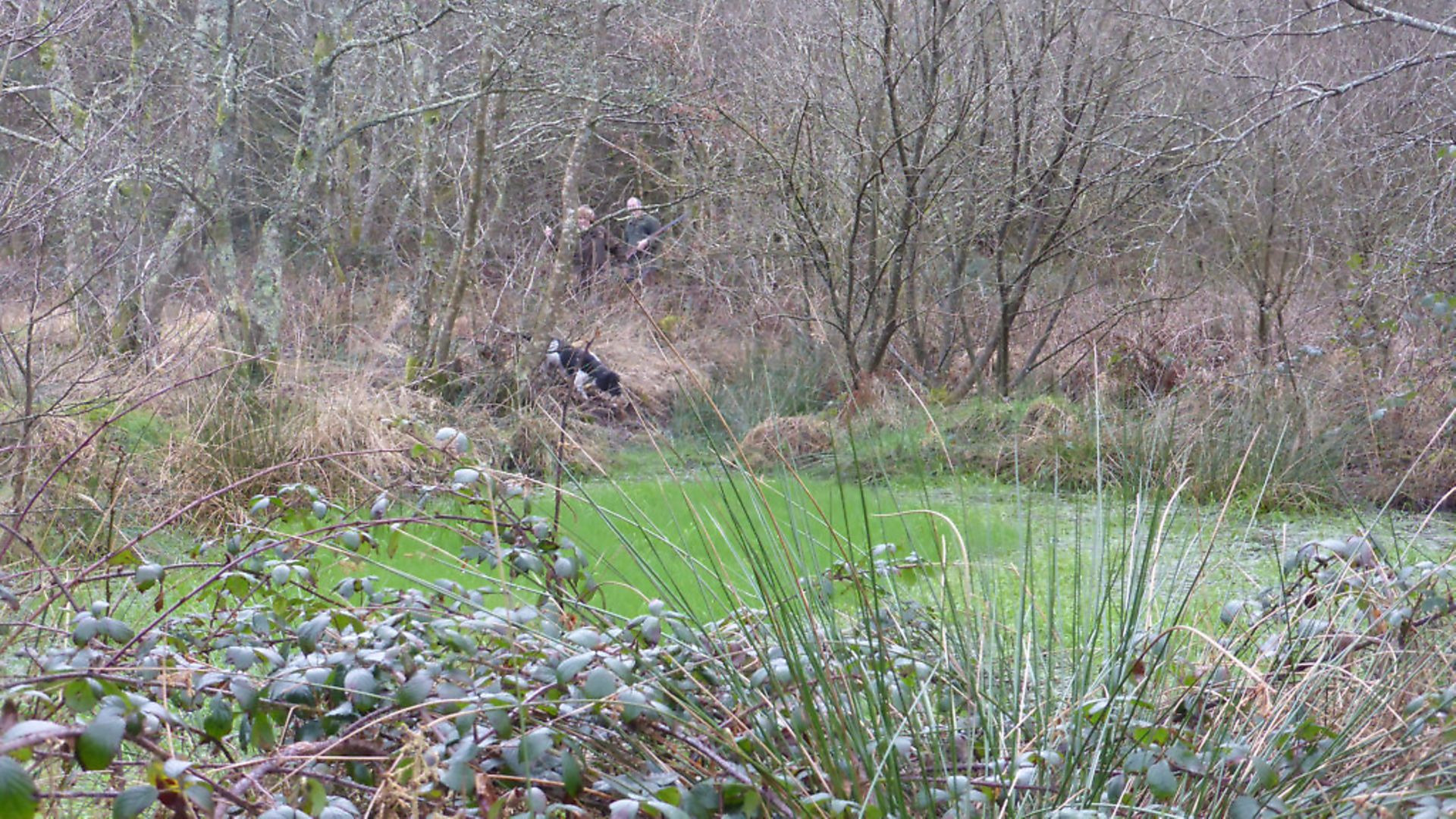 credit: Archant
credit: Archant
POND LIFE
Most wild bird enthusiasts enjoy a wild duck flight of an evening. When this shoot was first started, despite the water that was apparently everywhere, and the occasional flash, there were no established ponds. The shoot owner was keen to remedy this and went through the process of choosing a location.
Placement of a pond is important as a natural flightline is much more likely to attract ducks than one tucked away in a corner covered by the canopy of large trees. A cold evening by a flight pond seems even colder if no ducks pass.
The first consideration as to where a pond should be is where your supply of water is. A pond, like many other habitats, is successional. A pond’s ambition is to silt up and no longer be a pond – you just have to look at Ordnance Survey maps to see how many ponds are no longer there and this should be your first stop. It is easier to scour maps and aerial photos and then look to re-establish, than choose a new location and start from scratch.
There are some large fishing ponds the then shoot manager discovered not too far away, that are a little further down the valley from the shoot boundary. Through looking at aerial photos, he soon noticed the large trees and hedges linked the valley to his shoot and to an area of marsh that had a strong flowing ditch running down it.
After a discussion with the landowner, permission was granted to create a pond alongside the ditch, so he put his waders on and diverted the ditch across the wet area with a spade. A few sandbags, a little paid labour to the farmer’s son, and a day clearing silt and mud out had created a shallow pond.
The channel ran through the middle and exited at some sandbags, placed strategically so the banks were not worn away. A simple bench seat under the cover of a hawthorn provided the perfect duck flighting pond, and it worked. A few times a week, he would feed the pond up and before long ducks using the flightline discovered it and would drop in.
Fast forward a year and he decided to dig another a little pond further on, then another, until a few years later four ponds now sit there and five seats.
It was a labour of love, but the work never ends as once established they need yearly maintenance to ensure they hold water, as well as a small amount of de-silting.
They each differ from one another; some are extremely shallow, which suits the dabbling ducks, whereas others are deeper. All benefit from cutting the rushes fairly low around the edges to give the appearance of a much bigger pond from the sky.
They have been a huge success with ducks dropping in almost every night I have sat there over the years. Being coastally influenced, the water flow from the ditch never freezes and so the ponds run all year round.
During very cold spells it is nothing to see over 30 teal come in during a flighting session. Coincidentally, the long linear feature also happens to be a woodcock flightline offering a bonus to those who are fast enough to take one, which have been few and far between thus far.